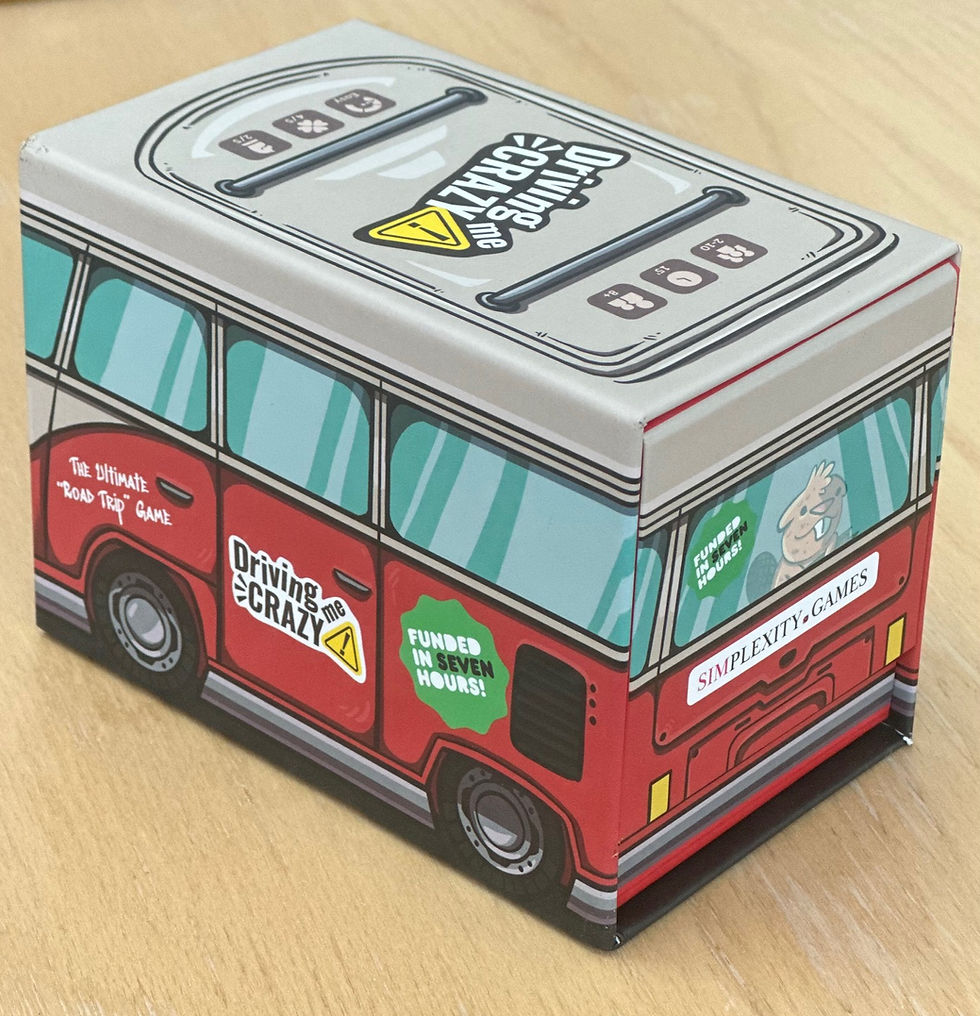Sierra West
- Toby Hicks
- Feb 21, 2020
- 4 min read
Updated: Oct 24, 2020
Sierra West is a light-to-mid weight eurogame for 1-4 players set on the Wild West frontier. It's designed by Western enthusiast Jonny Pac Cantin with art by Jakub Fajtanowski and Michal Dlugaj, and it's published by Board&Dice.
The first thing to notice about Sierra West is that it's four games all rolled into one, with the option, designed by David Turczi, to automate the board to play any of the modes solo. The core gameplay remains the same for each variation but each of the modules, Apple Hill, Gold Rush, Boats & Banjos, and Outlaws & Outposts adds its own unique mechanics, actions and scoring options.

To set up, you first choose a module (Apple Hill, as shown here in this Board's Eye View, is recommended for your first game) and select the appropriate cards and pieces. The cards are then used face down to build a 'mountain' in the centre of the board, with the wagon trail or Boats & Banjos river running along the bottom. Each player takes a player board depicting their frontier camp and a deck of starter cards and then the cabin tiles are set up in easy reach of all players. Then you are ready to pick some apples and pan some gold!
The objective is to accumulate the greatest number of victory points, and to that end you will be purchasing supplies for your camp, collecting cards 'mined' from the card mountain in the middle of the board and advancing your wagon along the trail, building cabins and hunting animals. Each module adds additional ways to earn points: in Apple Hill you can use the scenario's unique, communal apple resources to perform special actions to gain even more points.
So far, this sounds all fairly standard fare for a worker placement game, but wait, because this is where Sierra West gets interesting...
On your turn you will draw three cards from your deck and arrange them on top of your player board to form two paths running from right to left so that each path displays a number of symbols corresponding to actions. Depending on how you choose to insert them into the player board, a number of action icons will be exposed on each card. You have two workers, one with a hat and one without, and each of these is assigned to its corresponding path. You'll be moving each worker meeple along the path from left to right and performing each action they land on, provided you can afford to pay the requisite cost. The tricky part comes when you encounter 'forced' actions that you must perform or suffer a consequence, such as a bear attack. The actions are arranged in such a way that often one worker will need resources that only the other can earn, so you need to move your pieces carefully and in the right order or you can end up wasting time and turns.
To add another layer of complexity, your camp contains a number of cabin spaces. These can be filled with cabin tiles purchased from the changing supply. These tiles add powerful passive bonuses to various actions but they can only be used if a worker is in the cabin. For example, if you have a cabin that gives + 1 to gather wood, the gather wood can only be performed by Worker A on one of the paths because, in order to gain the cabin bonus, Worker B must stay in the cabin until Worker A reaches the collect wood space. In short, getting the most out of your turn demands careful planning.
This, in a nutshell is the essence of Sierra West, you will 'mine' new cards with more powerful actions from the mountain, hunt animals for bonuses to actions and also take actions out of turn in response to the actions taken by other players. But at its heart Sierra West is about planning the perfect, most efficient set of actions at the right time and in the right order.
Sierra West offers a fascinating take on the standard 'place your worker, do the action' format of many euro games and it can be quite exhilarating to be able to perform 10 or more actions back to back and rake in the resources and points. There are many ways to score points and different game modules add a huge amount of variety and replayability. The theme of the game comes through strongly, the artwork is charming and components are of good quality.
Arguably, the game is at its best with two or three players and in its solitaire mode. With four players, downtime can be an issue so we'd have liked a few more opportunities to interact with other players out of the turn sequence. Overall, Sierra West will appeal greatly to those who enjoy the very focused, plan your action sequence aspect of the game. It's an unusual, enjoyable game with plenty of room to grow but, unless you're playing the solo version, it's probably not a game to play with folk who are prone to Analysis Paralysis.
(Review by Toby Hicks)




